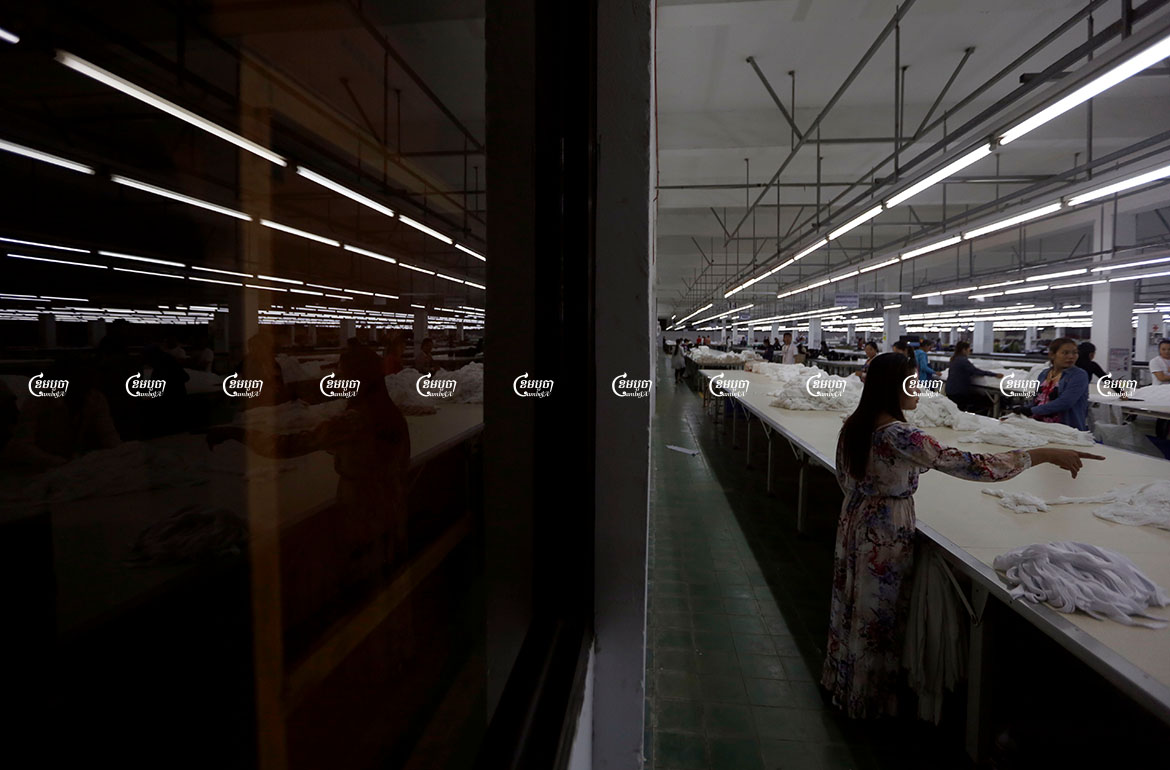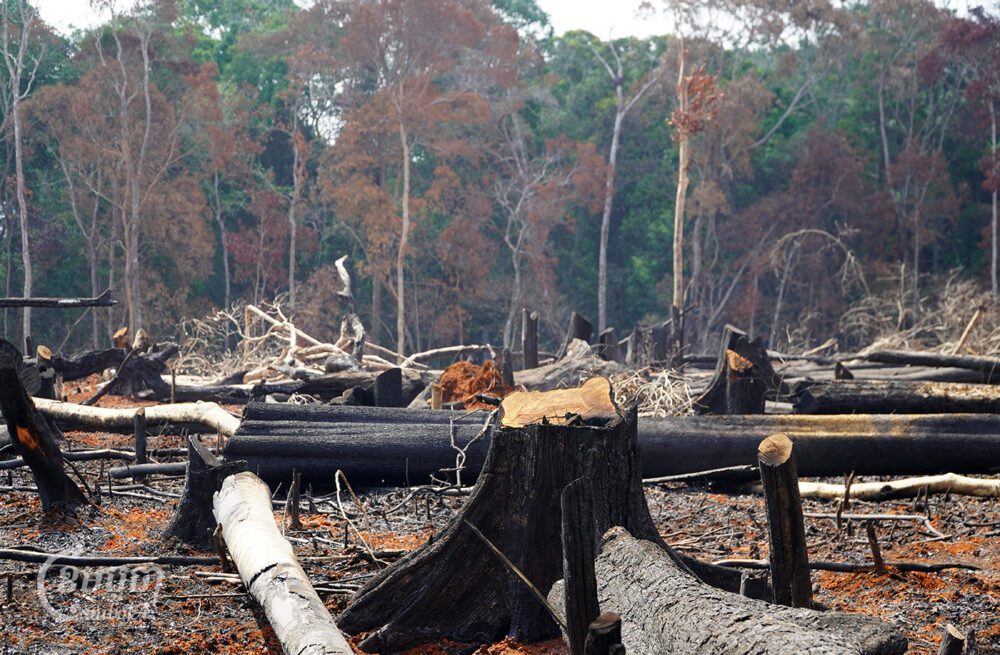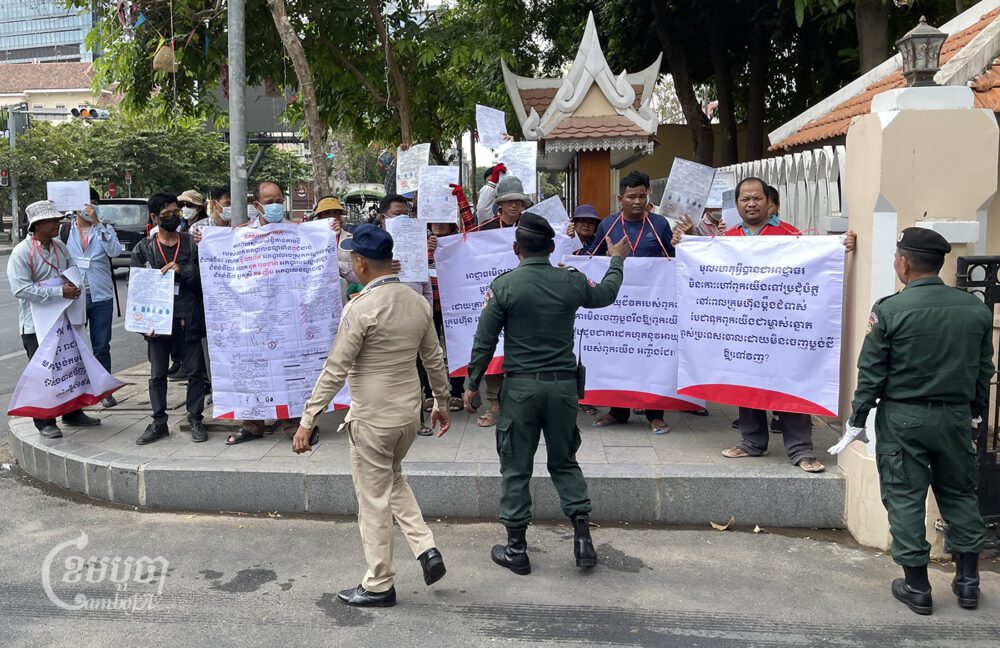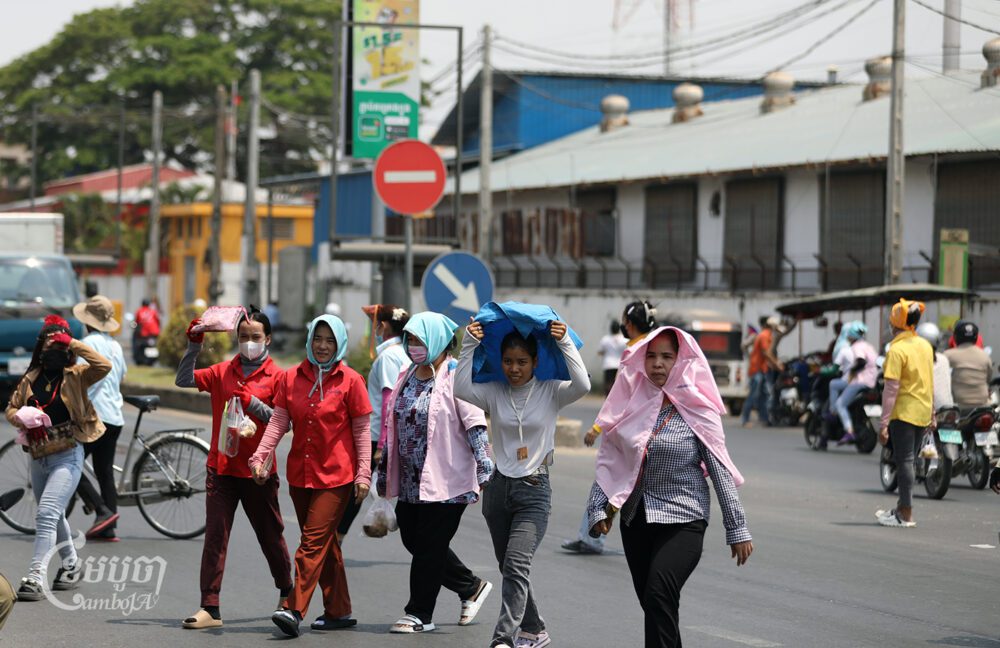One of the world’s largest apparel and footwear companies will launch what could be the world’s first blend textile recycling technology in Cambodia in 2022.
The project to address Cambodia’s mounting textile waste is the initiative of Deutsche Gesellschaft für Internationale Zusammenarbeit GmbH (GIZ FABRIC project), the Hong Kong Research Institute of Textiles and Apparel Limited (HKRITA), Chip Mong Insee, Dakota Industrial, H&M Foundation and VF Corporation.
A statement released by the German Embassy in Cambodia on October 13 said that the most harmful environmental effects of the textile industry are created at the manufacturing stages, in which large amounts of water and chemicals are used. Moreover, an estimated 10-15% of the total fabric used to produce garments currently becomes waste at the cutting stage, ultimately being burnt or ending up in landfill. And although it is possible to recycle single materials, the recycling of blend textiles — including cotton and polyester blends, the world’s most common type of textile — has not yet been possible.
“Our aim is to develop technologies and solutions that can have a positive impact on our planet, and the Green Machine is an excellent example of that,” said HKRITA CEO Edwin Keh. “The continuously growing demand for this solution will drive change and generate value for the entire fashion and textile industry.”
Massimiliano Tropeano, senior advisor for the garment sector at GIZ FABRIC, told CamboJA via email that GIZ was launching a feasibility study in order to establish this new technology in the kingdom. The feasibility study will focus on Phnom Penh first, with Kampot and Bavet on the Vietnam border as reported second and third options, respectively.
“Using the enormous potentiality of fabric waste coming from the strong garment sector of Cambodia, the plant could collect a very good amount of waste that will become the input of the machine,” Tropeano said. He said that the Green Machine uses only heat, water and less than 5% of a biodegradable green chemical to separate cotton and polyester blends. The hydrothermal treatment can apparently achieve a recovery rate of 98% of polyester fibers and cotton to be turned into cellulose powder that can also be recycled in building material products and in agriculture.
“We, at GIZ Fabric project, are working towards sustainability in the garment sector and we are extremely positive and happy to support this initiative,” he said. “Giving our contribution into transforming a linear manufacturing activity into a world class circular sector.”
Government spokesman Phay Siphan said that he welcomed the initiative.
“This is a good project for Cambodia,” he said. “As well as sharing for economic development and joining to protect the climate too. I believe that the Environment Ministry will pay high attention to allow this plan to be successful for environmental benefits.”
Environment Ministry spokesman Neth Pheaktra said on Friday that the ministry supported this project to recycle or renovate textile waste, saying that the ministry has a policy to push to have this project in order to benefit Cambodia’s economy.
“Solid waste from textiles that can be renovated, in the past, our ministry supported renovation industries including Chip Mong Group, also a company that respects environmental principles,” he said.
Pheaktra said that the project would be vital in reducing Cambodia’s mounting garment and textile waste, which now amounts to more than 10,000 tons a day.
“The last time in 2021, the waste increased to more than 4 million tons for a year,” Pheaktra said.








